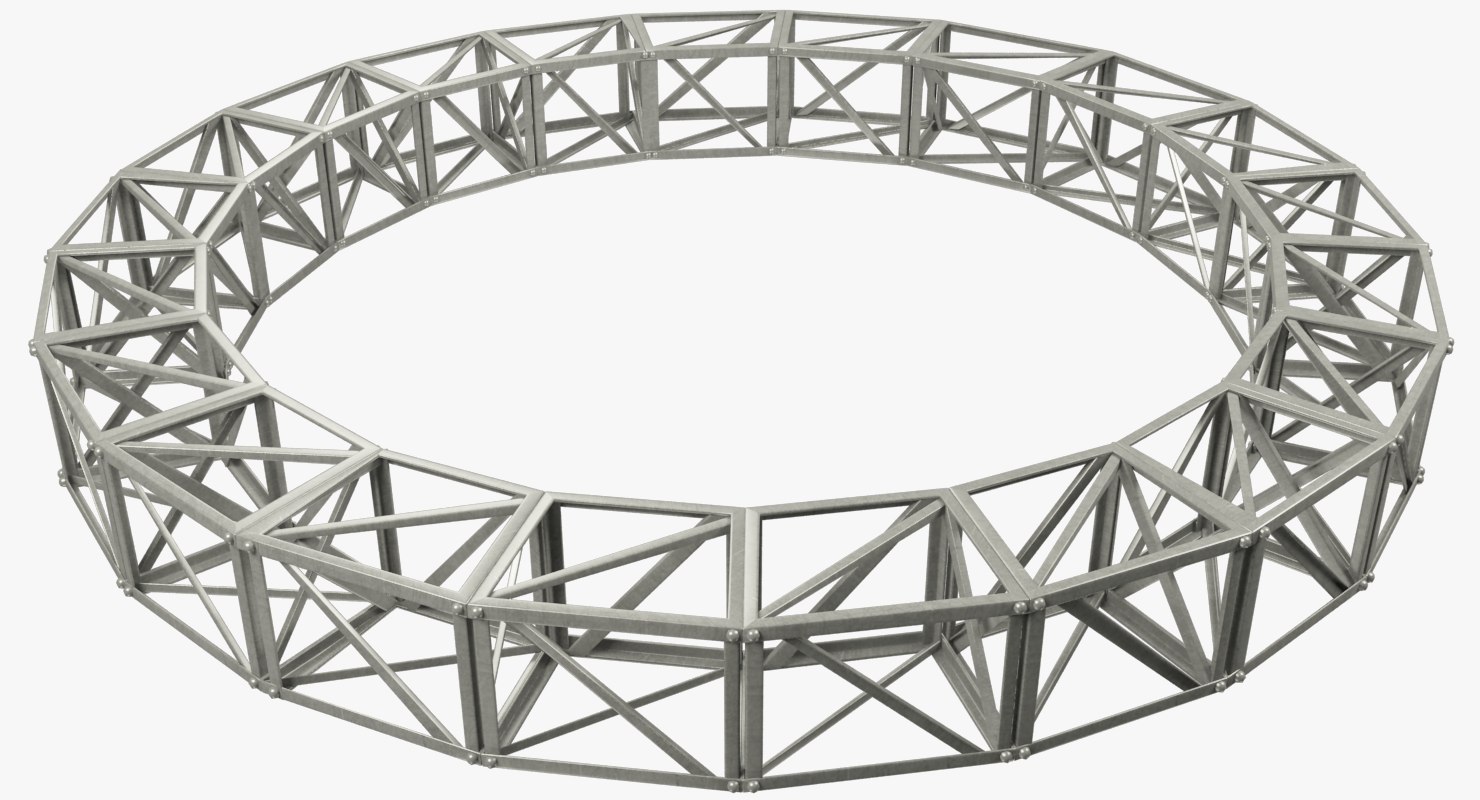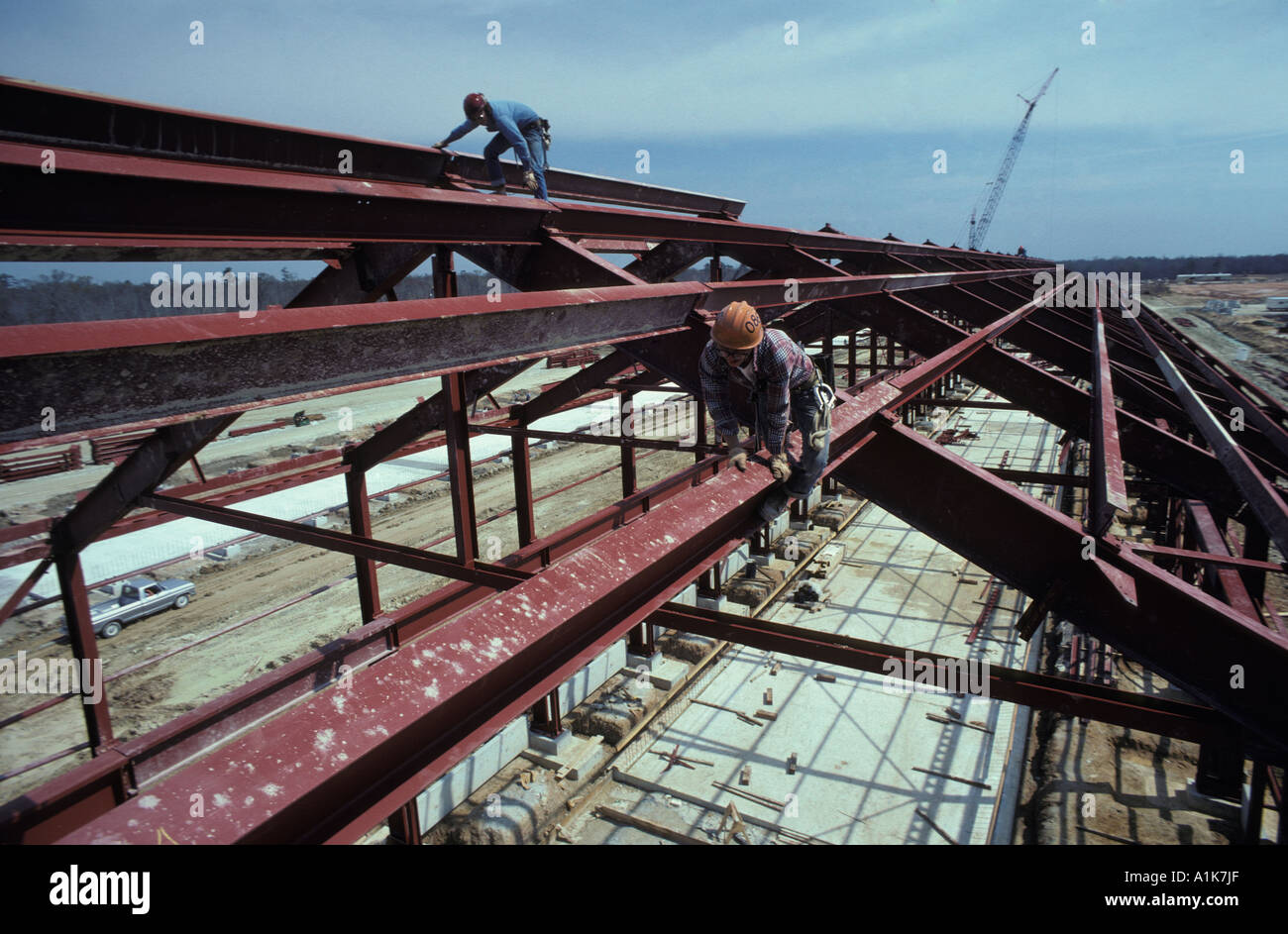


Mine are standard wallboard with wooden studs, so I prefer to use heavy-duty drywall anchors for anything but the lightest pictures. You'll probably need to check whether it's on top of a stud or not, and know what kind of walls you've got. Place your picture hanger of your choice right on this X. Now combine your horizontal measurement with the previous vertical one, and make a nice X. Get out your measuring tape and center the picture between whatever architectural parameters you're working within. You can mark the top, bottom, or the center of the hanging wire if your friend is really good if not, you'll have to measure the distance between the center of the extended hanging wire and positioning mark you made, and make a second to approximate where the wire will hit. This is mainly about height, so mark the wall when you've decided where to position the picture. Find an appropriate chunk of wall, and have the friend move the picture around until you decide where you'd like it. Get a friend to help you with this- it's much easier with help. I'm stressing this because Chechen turns out to be really hard- I broke off a drill bit and a screw when attaching the L-brackets. Also make sure you're drilling perpendicular to the wood- any additional torque on the drill bit can cause it to snap when you're working with an extremely hard wood. As you drill, don't push too hard, and make sure to back up frequently to break and remove chips that will otherwise clog your drill bit. We'll predrill and screw the frame first, then move on to the stretcher this will make sure everything fits nicely without shifting. Select a drill bit slightly smaller than the screw you're planning to use: the bit should be the width of the screw minus the threads, since the threads still need to catch in the wood. Chechen and other dense hardwoods definitely need to be predrilled to avoid splitting, and it certainly won't hurt the softer wood of the stretcher. Position the L-brackets so the ends sit over the frame without protruding, and the angled portion sits over the stretcher. Make sure you're not going to damage the surface of the painting, then carefully re-align your picture within the frame according to your previous measurements. Flip the picture and frame over, and set them on some sort of padded risers. They hold great and add an interesting detail to the rear of the frame.I used 2inch L-brackets to connect my frame to the wood of the stretcher. The pins are pieces of left-over pink ivory whittled to have a friction fit in the 1/8 inch holes. So I decided to create a new method – a pin which fits into small drilled holes in the frame. Production frames usually have staples or the like but I found it quite difficult to drive them in securely. Lastly, the glass, photo and backer need to be held into the frame somehow. Once the glue had dried and I planed the wedges flush, the corners looked brilliant. I closed up any gaps with small wedges I cut from scrap walnut in the miter box. Maybe I could have done better with a shooting board. The rough pieces were glued to a notch cut into the frame corners and planed to size after the glue had dried.Īnd there is no way I can claim perfect miters. I cut the blank into sections and used a chisel to split the blank.

I used a pink ivory pen blank for the splines so there is a contrast against the walnut. Instead of cutting splines through the miters (like this example), I tried to simplify things by placing the spline on the outside edge in a diagonal rabbet. The miters were cut taking the width of the rabbet into account: it was a simple case of using the glass resting in a rabbet to mark out where to make the cuts. I used a rabbet plane to cut a 1/4 by 1/4 rabbet around the edges for the glass. I used a jointer plane to ensure each frame segment had the same dimensions. The wood is a piece of walnut I ripped into 1 inch by 3/4 inch strips. The frame was junk, but the hardware is great. For the glass and cardboard stand/backing I simply bought the cheapest 8 by 10 inch frame I could find (~$3.


 0 kommentar(er)
0 kommentar(er)
